Ballet as a music form progressed from simply a complement to dance, to a concrete compositional form that often had as much value as the dance that went along with it. The dance form, originating in France during the 17th century, began as a theatrical dance. It was not until the 19th century that ballet gained status as a “classical” form. In ballet, the terms ‘classical’ and ‘romantic’ are chronologically reversed from musical usage. Thus, the 19th century Classical period in ballet coincided with the 19th century Romantic era in music. Ballet music composers from the 17th–20th centuries, including the likes of Jean-Baptiste Lully, Pyotr Ilyich Tchaikovsky, Igor Stravinsky, and Sergei Prokofiev, were predominantly in France and Russia. Yet with the increased international notoriety seen in Tchaikovsky's and Stravinsky's lifetime, ballet music composition and ballet in general spread across the western world.
The Mariinsky Ballet is the resident classical ballet company of the Mariinsky Theatre in Saint Petersburg, Russia.

Marius Ivanovich Petipa, born Victor Marius Alphonse Petipa, was a French ballet dancer, pedagogue and choreographer. Petipa is one of the most influential ballet masters and choreographers in ballet history.

Les Ballets Trockadero de Monte Carlo is an all-male drag ballet troupe that parodies the conventions of romantic and classical ballet. The company's current artistic director is Tory Dobrin.
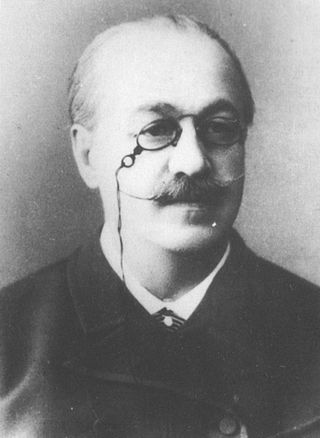
Lev Ivanovich Ivanov was a Russian ballet dancer and choreographer and later, Second Balletmaster of the Imperial Ballet. As a performer with the Imperial Ballet, he achieved prominence after performing as an understudy in a benefit performance of La Fille Mal Gardée. He is most famous as the choreographer of Acts II and IV of Swan Lake, which include the Dance of the Little Swans, Act II of Cinderella, and The Nutcracker, which he choreographed alongside Marius Petipa.

Natalia Romanovna Makarova is a Russian prima ballerina and choreographer. The History of Dance, published in 1981, notes that "her performances set standards of artistry and aristocracy of dance which mark her as the finest ballerina of her generation in the West."

This version of the Cinderella ballet, using Sergei Prokofiev's Cinderella music and re-choreographed by Frederick Ashton, is a comic ballet.
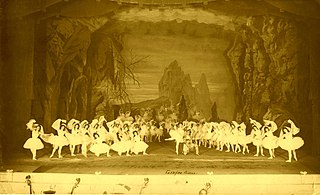
La Bayadère is a ballet, originally staged in four acts and seven tableaux by French choreographer Marius Petipa to the music of Ludwig Minkus. The ballet was staged especially for the benefit performance of the Russian Prima ballerina Ekaterina Vazem, who created the principal role of Nikiya. La Bayadère was first presented by the Imperial Ballet at the Imperial Bolshoi Kamenny Theatre in St. Petersburg, Russia, on 4 February [O.S. 23 January] 1877. From the first performance the ballet was universally hailed by contemporary critics as one of the choreographer Petipa's supreme masterpieces, particularly the scene from the ballet known as The Kingdom of the Shades, which became one of the most celebrated pieces in all of classical ballet. By the turn of the 20th century, The Kingdom of the Shades scene was regularly extracted from the full-length work as an independent showpiece, and it has remained so to the present day.
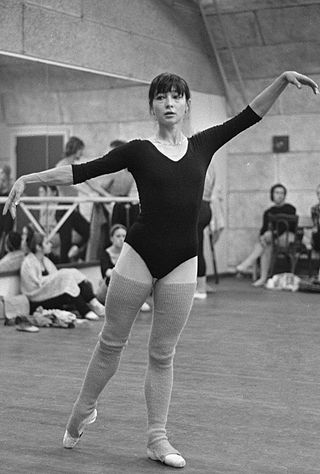
Ekaterina Sergeevna Maximova was a Soviet and Russian ballerina of the second part of the 20th century who was internationally recognised. She was a prima ballerina of the Bolshoi Theatre for 30 years, a ballet pedagogue, People's Artist of the USSR and Russian Federation, winner of international ballet competitions, Laureate of many prestigious International and Russian awards, a professor in GITIS, Honorary professor at the Moscow State University, Academician of the Russian Academy of Arts, and an Executive Committee member of the Russian Center of Counseil International De La Danse, UNESCO
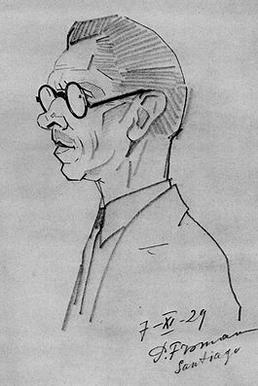
The Sergeyev Collection is a collection of choreographic notation, musical materials, designs for décor and costumes, theatre programs, photos and other items that document the repertory of the Imperial Ballet of St. Petersburg, Russia at the turn of the 20th century. The majority of the choreographic notations document with varying degrees of detail the original works and revivals of the renowned choreographer Marius Petipa, who served as Premier Maître de ballet of the St. Petersburg Imperial Theatres. The collection also documents a few ballets by Lev Ivanov, who served as second Maître de ballet. Also included in the collection are choreographic notation documenting dances from various operas by both Petipa and Ivanov, respectively.

Misa Kuranaga is a Japanese ballerina. She is a principal dancer at the San Francisco Ballet. She was formerly a dancer at Boston Ballet, and was the first Asian person to be promoted to principal dancer there.

Tchaikovsky Pas de Deux is a ballet choreographed by George Balanchine to a composition by Pyotr Ilyich Tchaikovsky originally intended for act 3 of Swan Lake. With costumes by Barbara Karinska and lighting by Jack Owen Brown, it was first presented by New York City Ballet at the City Center of Music and Drama, New York, on 29 March 1960. Robert Irving conducted the New York City Ballet Orchestra. The dancers were Violette Verdy and Conrad Ludlow.
Igor Kolb is a principal dancer of Mariinsky Ballet. He graduated Byelorussia State Ballet School, and joined Mariinsky ballet in 1996. He became a soloist in 1998, and promoted to principal dancer in 2003. He made his debut at the Rome Opera in Rudolf Nureyev's version of Sleeping Beauty in 2002, and in 2006 he made his debut at the Wiener Staatsoper in Rudolf Nureyev's version of Swan Lake. Igor Kolb left Mariinsky Ballet in 2022 for heading the Bolshoi Theatre of Belarus (Minsk) ballet in position of Principal Ballet Master.

Alexei Osipovich Ratmansky is a Russian-American choreographer and former ballet dancer. From 2004 to 2008 he was the director of the Bolshoi Ballet. He left Russia in 2008. As of April 2014 he was the artist in residence at the American Ballet Theatre.

Galina Olegovna Stepanenko is a Russian ballet teacher. She is a former prima ballerina of the Bolshoi Ballet, and since 2013 has been head of the Bolshoi's ballet troupe.

Ekaterina Valerievna Krysanova is a Russian principal dancer of Bolshoi Ballet.
Oksana Skorik is a professional ballet dancer from Kharkiv, Ukraine and Principal Dancer of the Mariinsky Ballet. She joined the Mariinsky Ballet in 2007 after graduating from the Perm School of Dance in Russia. She was the subject of David Kinsella's documentary A Beautiful Tragedy and was featured on RT Documentary's Ballet, Sweat and Tears.
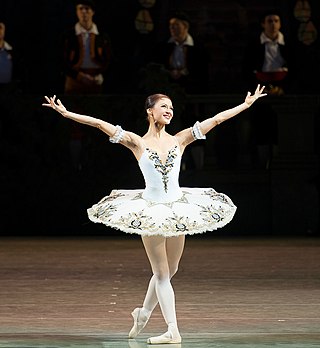
Elena Evseeva is a Russian ballerina, soloist of the Mikhailovsky (2001—2008) and the Mariinsky theaters. Honored Artist of the Republic of Udmurtia.
Anna Nikulina is a Russian ballet dancer who has been with the Bolshoi Ballet in Moscow since 2002, and a principal dancer in the company since 2015. Her first lead role was Odette-Odile in Swan Lake in 2004 at the age of 19. She has toured both internationally and within Russia. Her répétiteur as of 2021 is Olga Chenchikova, a former Bolshoi principal. In previous years her répétiteurs have been the important Russian dancers Ekaterina Maximova, Nina Semizorova, and Ludmila Semenyaka. She graduated in 2002 with honors from the Moscow State Academy of Choreography.













